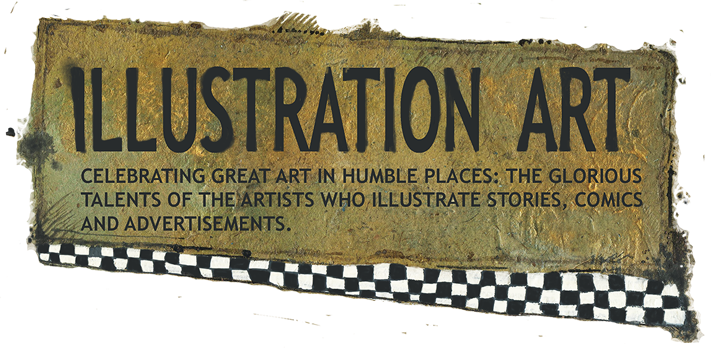He witnessed a lot of death, and his literal drawing style strained-- often unsuccessfully-- to convey the enormity of the tragedy.
Eby's most powerful picture was one where he abandoned some of his literal approach. In September 1918 an immense dark cloud hung over the blood soaked battlefields of St. Mihiel in France. It lingered there for three days. As the French, German and Americans nervously prepared for battle the cloud seemed eerie and foreboding. The skittish Germans called it "the cloud of blood."
Rather than focus on heroic expressions or straining muscles or corpses, Eby made the human element tiny and inconsequential at the bottom of his picture. He abandoned his trademark details which gave his previous pictures such authenticity. Instead, the immense, symbolic cloud dominated the picture as a flat, simplified shape.
This image, called "The Great Black Cloud" was widely regarded as Eby's most profound, moving picture.
The poet W.H. Auden wrote that it was folly to attempt to capture absolute things directly:
We have to regard the universe etsi deus non daretur: God must be a hidden deity, veiled by His creation.An artist who attempts to look directly into the face of death and accurately record what he or she sees is destined to fail. The result will always come out shrill or confused or just plain inadequate. The enormity of the subject will never be captured by its details.
Absolute and universal forces are hidden behind their own creations... for example, a cloud. The best artists seem to focus on those creations, implying what is behind them.




















































